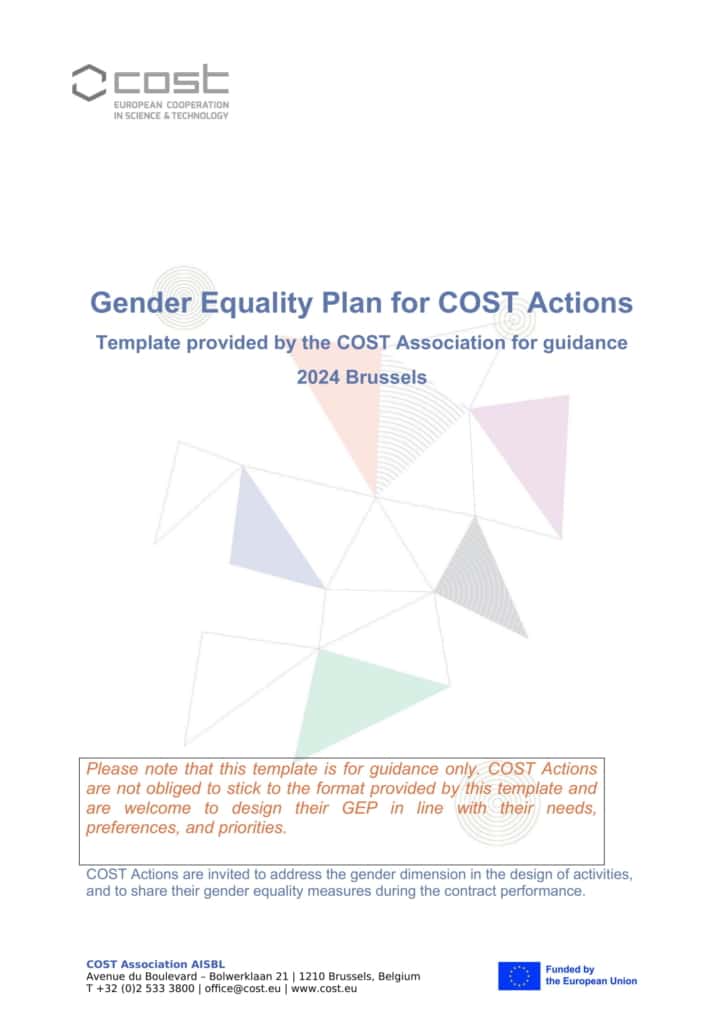
Gender Equality Plan template for COST Actions
The COST Administration encourages the development of a COST Action Gender Equality Plan (GEP). In order to assist Actions that wish to develop a GEP, COST has developed a template that can be customised with a networks needs, preferences, and priorities.
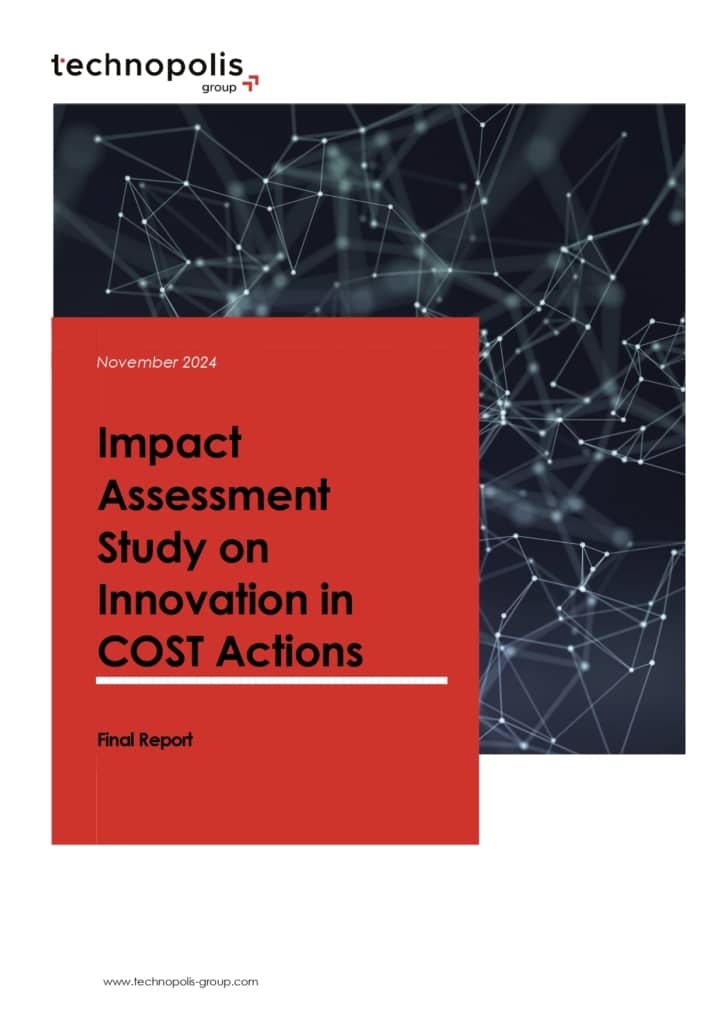
Impact Assessment Study on Innovation in COST Actions
COST Association commissioned Technopolis to carry out an impact assessment to better understand impact pathways that lead to innovation. While the impact paths foreseen by the COST impact model were analysed in previous studies, this study fills the knowledge gap regarding the different types of and paths to innovation of COST Actions.
The case studies illustrate various ways in which COST Actions can be innovative in their design and implementation and highlights how COST Actions can also result in various innovative outputs, like business models, new products (patents) or educational formats.
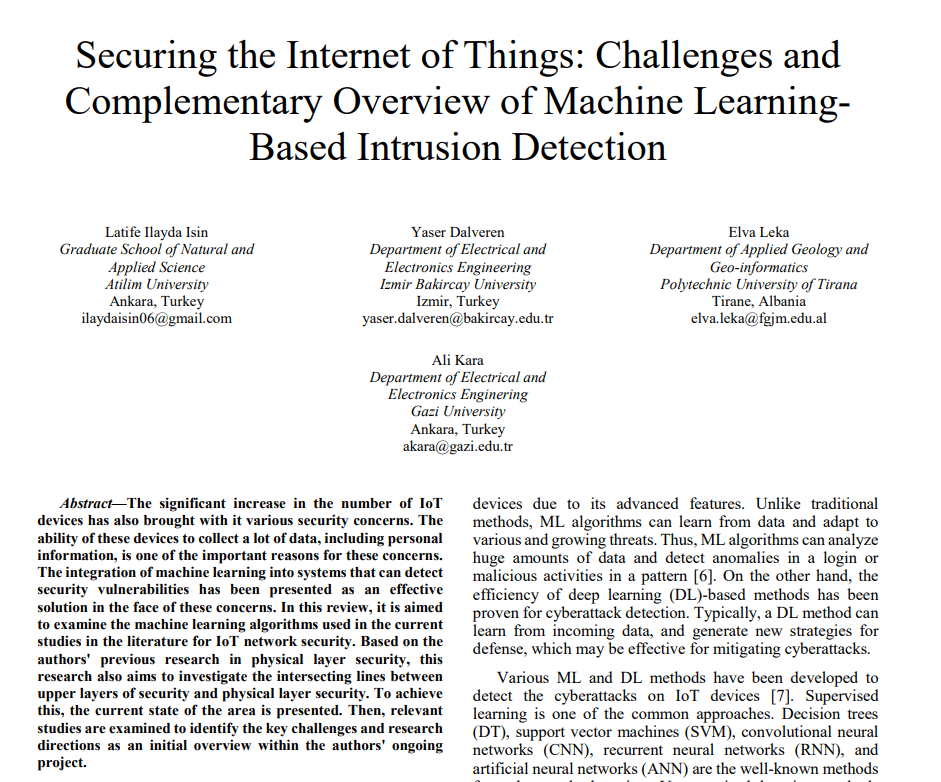
Securing the Internet of Things: Challenges and Complementary Overview of Machine Learning-Based Intrusion Detection
The significant increase in the number of IoT devices has also brought with it various security concerns. The ability of these devices to collect a lot of data, including personal information, is one of the important reasons for these concerns. The integration of machine learning into systems that can detect security vulnerabilities has been presented as an effective solution in the face of these concerns. In this review, it is aimed to examine the machine learning algorithms used in the current studies in the literature for IoT network security. Based on the authors’ previous research in physical layer security, this research also aims to investigate the intersecting lines between upper layers of security and physical layer security. To achieve this, the current state of the area is presented. Then, relevant studies are examined to identify the key challenges and research directions as an initial overview within the authors’ ongoing project.
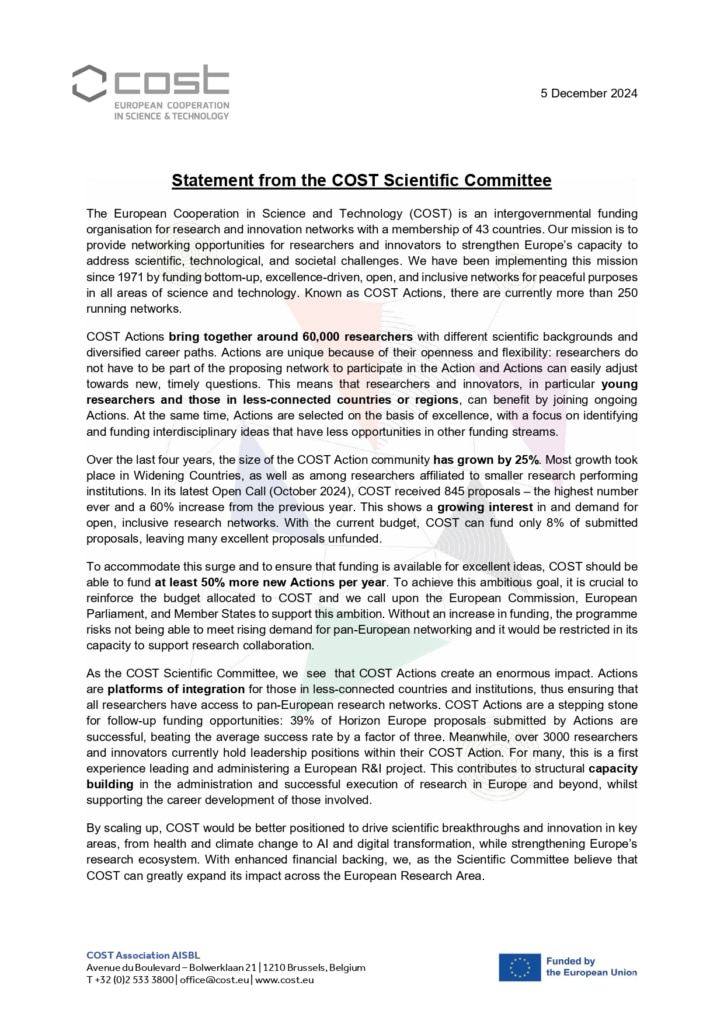
Reinforced funding for research networks: statement from COST’s Scientific Committee
In this statement COST’s Scientific Committee urges the European Commission, European Parliament, and Member States to increase the budget allocated to COST in order to fund at least 50% more new Actions per year and reinforce COST’s role as a capacity builder.
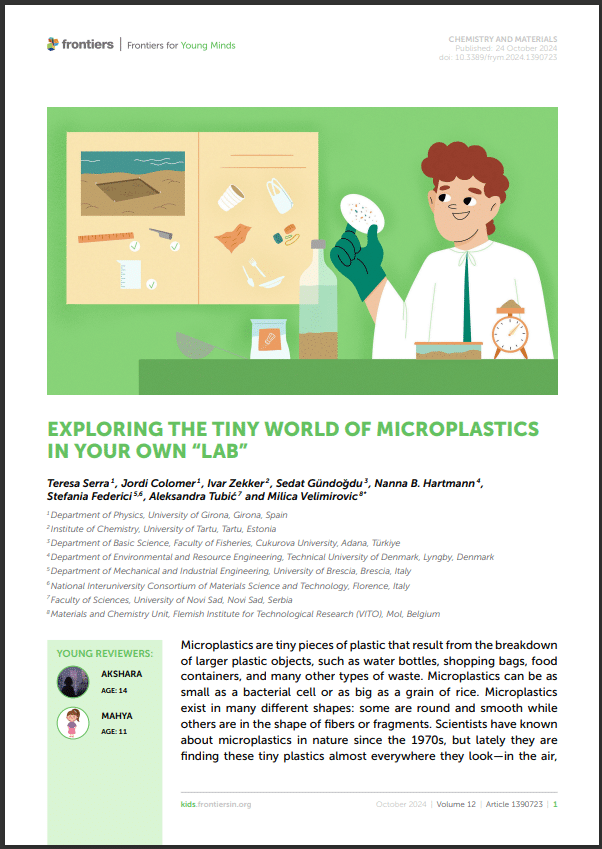
Exploring the Tiny World of Microplastics in Your Own “Lab”
Scientists have known about microplastics in nature since the 1970s, but lately they are finding these tiny plastics almost everywhere they look – in the air, lakes, rivers, oceans, on land, and even in remote places like Arctic lakes and snow! This article will introduce young audiences to the hidden universe of microplastics, the tools scientists use to analyse them, and how people can do their own experiments to analyse microplastics from a nearby beach.
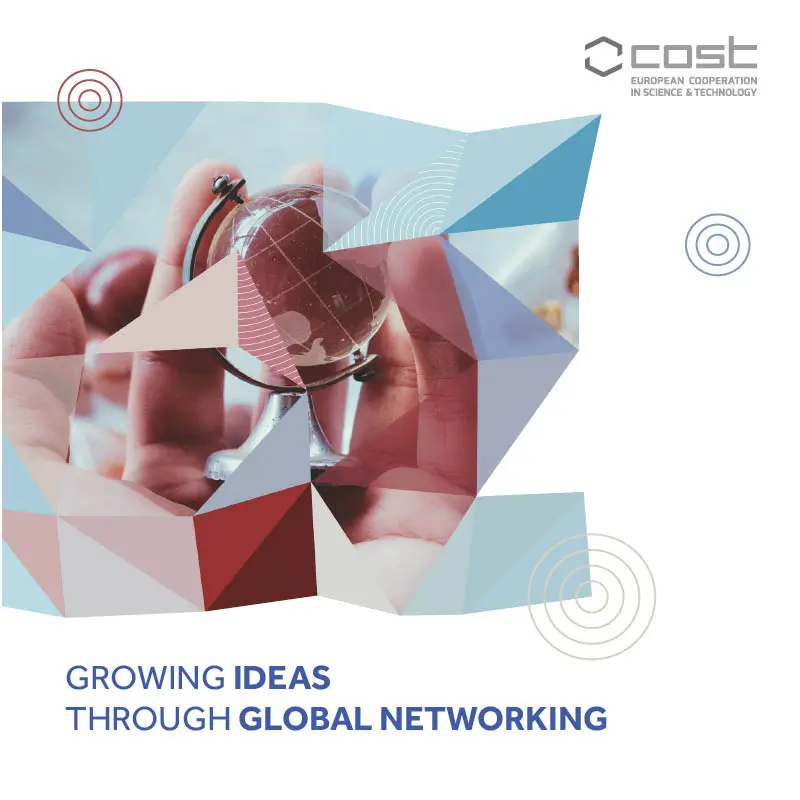
Growing Ideas Through Global Networking
Find out how you can get involved in COST if you are located in one of our Near Neighbour Countries or a Third States/International Partner Country.
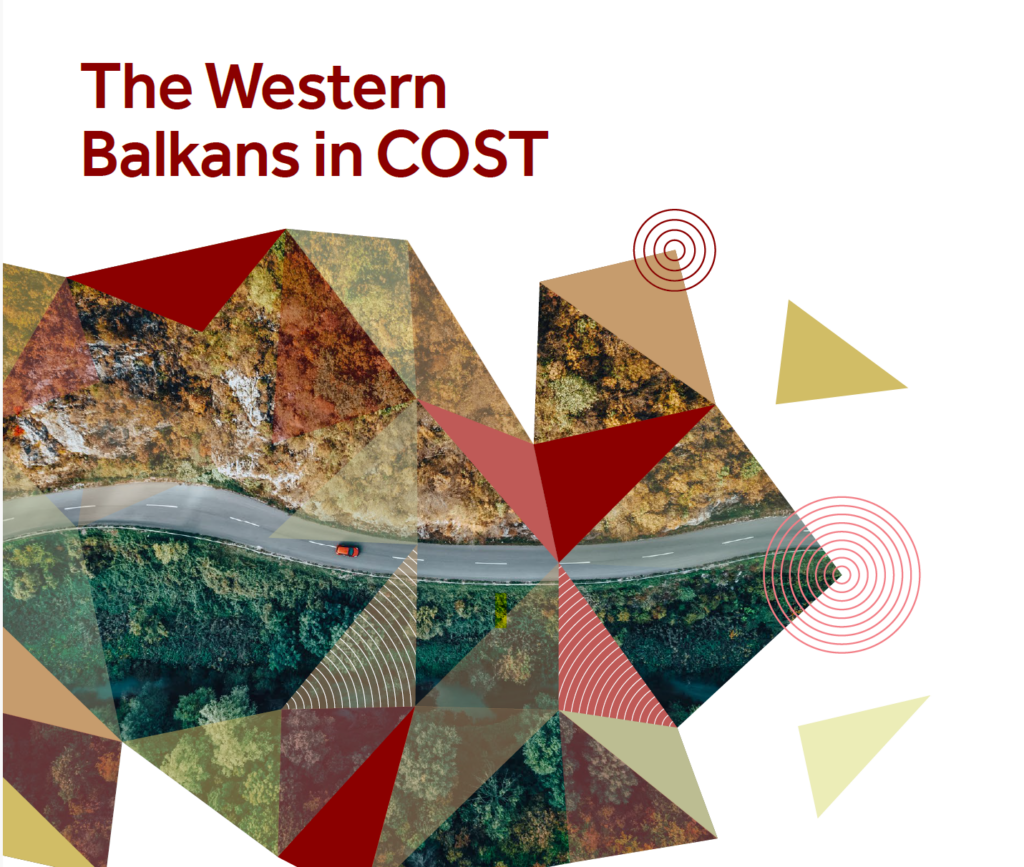
The Western Balkans in COST
This brochure summarises the main findings of the report “COST Activities in the Western Balkans”, highlighting the growing involvement of the region in European research networks. It shows the participation of researchers from the Western Balkans in COST Actions during the first three years of Horizon Europe (2021-2023). By presenting country-specific data and trends, the brochure illustrates the growing links between researchers from the Western Balkans and the wider European research community, highlighting the mutual benefits of this increased cooperation.
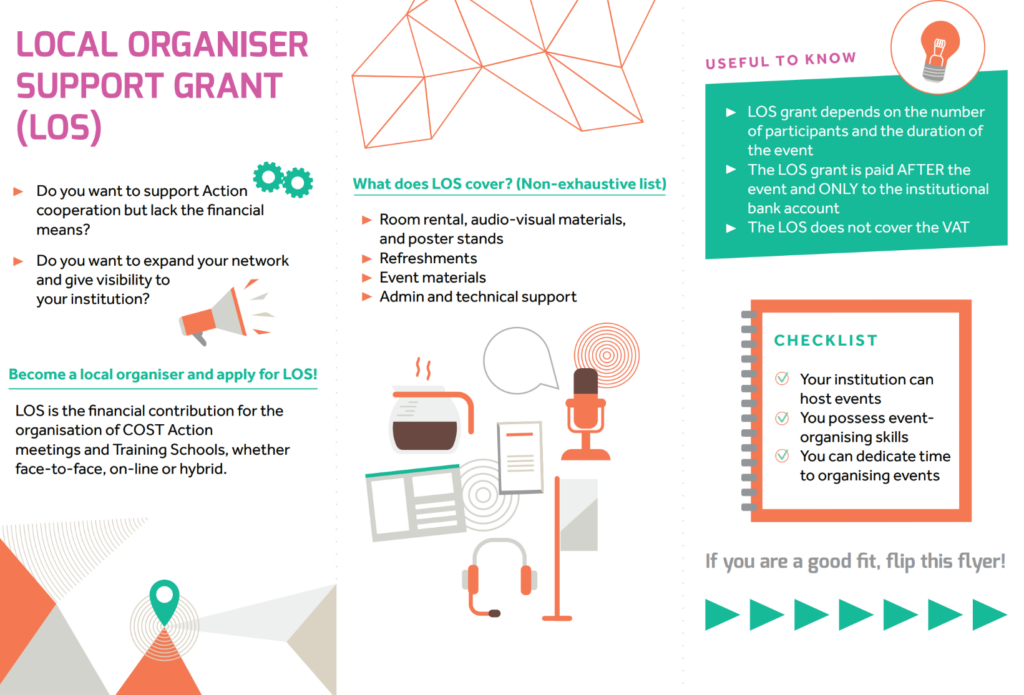
Local Organiser Support Grant
This Local Organiser Support (LOS) Grant leaflet presents funding opportunities for institutions to organise COST Action meetings and Training Schools. It outlines the main benefits and requirements of LOS. Explore the leaflet to learn more about how LOS can support your COST Action event.
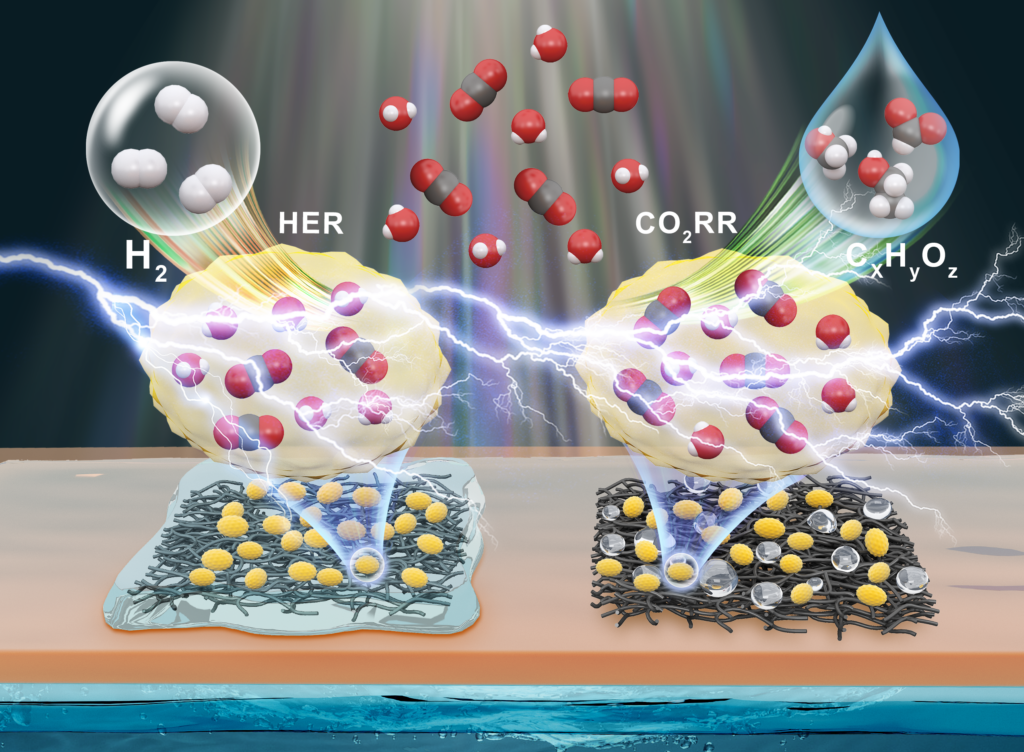
A Zero-Gap Gas Phase Photoelectrolyzer for CO2 Reduction with Porous Carbon Supported Photocathodes
With their variable active sites Metal–organic frameworks (MOFs) can achieve visible-light absorption and efficient charge separation for photocatalytic, and conductivity for electrocatalytic CO2 reduction into value added chemicals. This work illustrates the importance of porous carbon fiber layers (CFLs) on the activity and selectivity of MOF based photocathodes towards the CO2 reduction reaction (CO2RR) in a zero-gap gas phase photoelectrolyzer. The wettability of the CFL modulates the local environment on the metal organic framework catalyst (UiO-66-NH2, yellow coloured). Hydrophobic CFL-based MOF photocathodes lead to CO2RR, producing liquid hydrocarbons ( CxHyOz) such as formate, methanol and ethanol. In contrast, hydrophilic, wetted CFL-based photocathodes favor the Hydrogen Evolution Reaction (HER).The results are a step further in understanding how the design and composition of the photoelectrodes in photoelectrochemical electrolyzers can impact the CO2 reduction efficiency and selectivity.
